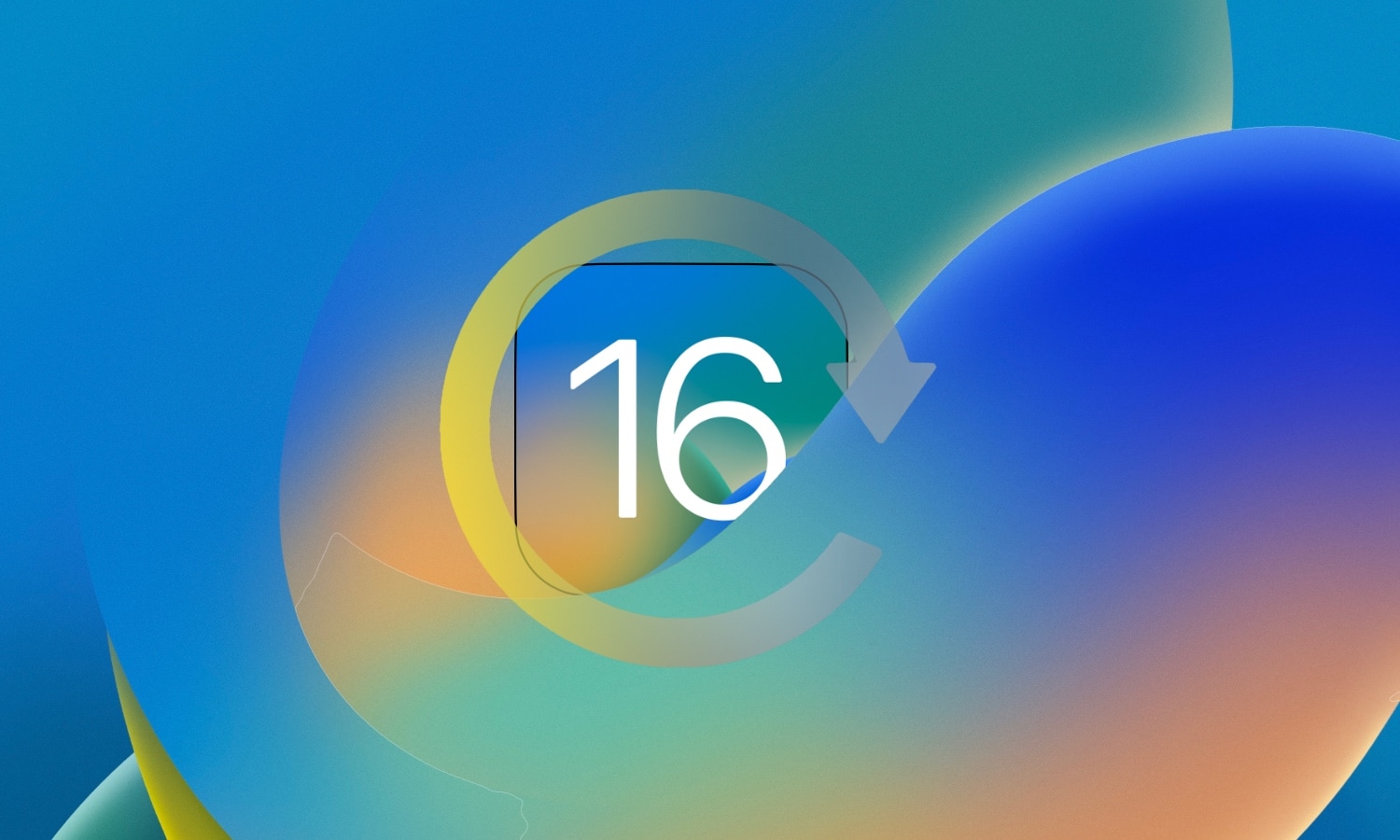After releasing iOS & iPadOS 16.3 to the general public last week, almost anyone could have predicted that Apple would soon stop signing the older iOS & iPadOS 16.2, and it now seems that time has come.

By unsigning iOS & iPadOS 16.2, iPhone and iPad users are no longer able to use Finder or iTunes to forcefully downgrade their device’s firmware. It also means that anyone on a firmware older than iOS or iPadOS 16.2 won’t be able to update to iOS or iPadOS 16.2 – they would instead be forced to upgrade to the newer iOS or iPadOS 16.3.
While it’s still technically possible to install an unsigned iPhone or iPad firmware version, either by using the DelayOTA method to upgrade to iOS or iPadOS 16.2 from an older version or using FutureRestore to downgrade firmware when you have your SHSH blobs and other prerequisites in order, these are considered unofficial methods and take a lot of hoop-jumping by the end user compared to an ordinary Finder or iTunes downgrade.
As for why Apple blocks downgrades, the most obvious reason is that they want to hinder users’ abilities to install jailbreakable firmware. Since newer firmware generally patches the exploits used by jailbreaks and other iPhone hacks, it’s reasonable to think that Apple wants to coax as many people into upgrading as possible, even if it means playing games with signing statuses.
But jailbreaking isn’t the only reason why people like to downgrade their firmware or have more selection over which version of iOS or iPadOS they install. In some cases, newer firmware releases introduce more bugs than they fix, which results in user dissatisfaction. Some notable instances in recent memory of bugs being introduced by iPhone and iPad software updates include the following:
- iOS 16.0 over-prompting users on clipboard access when pasting copied content into another app
- iOS 14.7 breaking the Apple Watch’s ability to be unlocked with the host iPhone’s Touch ID sensor
- iOS & iPadOS 13.2 imposing incredibly aggressive background management on backgrounded apps
While iDB supports the idea that users should be able to choose which version of iOS or iPadOS they install on a device they rightfully own, Apple clearly doesn’t see it that way. The company has long taken a walled garden approach, generally assuming control on the basis that they know better than their users do, and it works well for them.
Corralling people into using newer firmware against their will doesn’t only give Apple the satisfaction of blocking jailbreaks and ensuring users are taking advantage of new features and improvements, it also pleases shareholders who see Apple’s new software adoption numbers when they’re presented at Keynote events.
Since it doesn’t seem likely that Apple will stop unsigning older firmware anytime soon, it’s a good idea to get into the rhythm of the company’s unsigning process by paying attention to posts like these. Generally, users have one or two weeks following a new software update before Apple bars them from downgrading. You can use the handy IPSW.me website to see if a particular version of iOS or iPadOS is being signed, and you can get any firmware file you need from our Downloads page on demand.
Has Apple’s decision to stop signing iOS & iPadOS 16.2 affected you in any way? Be sure to let us know in the comments section down below.